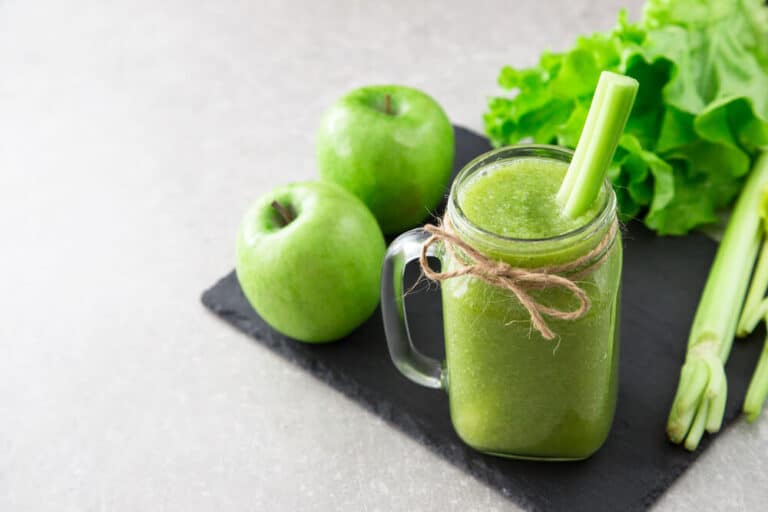Pakistani cuisine is a vibrant tapestry of flavors, colors, and aromas that reflect the rich cultural heritage and diverse geography of the region.
From the mountainous north to the fertile plains of Punjab and the coastal areas of Sindh, each region in Pakistan boasts its own unique culinary traditions.
Central to these traditions is the use of spices, which not only enhance the taste of the dishes but also offer numerous health benefits.
Let’s embark on a journey through the spice trail of Pakistani cuisine and explore the essential spices that define its culinary landscape.
The Heart of Pakistani Cooking: Essential Spices
1. Cumin (Zeera)
Cumin is a cornerstone of Pakistani cuisine, known for its warm, earthy flavor and aromatic fragrance. It is used in various forms, including whole seeds and ground powder, and is a key ingredient in many regional dishes.
- Usage: Cumin is often roasted to bring out its full flavor and then added to curries, stews, and rice dishes. It is also a crucial component of garam masala, a spice blend used widely in Pakistani cooking.
- Regional Dishes: In Punjab, cumin is used in dishes like Karahi Gosht and Chana Masala, while in Sindh, it flavors Sindhi Biryani and Achar Gosht.
2. Coriander (Dhaniya)
Coriander seeds and leaves are both integral to Pakistani cuisine. The seeds are used for their warm, citrusy flavor, while the fresh leaves add a burst of freshness to dishes.
- Usage: Ground coriander seeds are used in spice blends and as a seasoning for meat and vegetable dishes. Fresh coriander leaves are used as a garnish for soups, salads, and curries.
- Regional Dishes: In Punjab, coriander is used in dishes like Aloo Gosht and Dal Makhani, while in Balochistan, it flavors Sajji and Kaak.
3. Turmeric (Haldi)
Turmeric is known for its vibrant yellow color and earthy, slightly bitter taste. It is revered for its anti-inflammatory properties and is a staple in Pakistani kitchens.
- Usage: Turmeric is used in both fresh and dried forms to add color and depth to curries, rice dishes, and pickles. It is also a key ingredient in spice blends like garam masala.
- Regional Dishes: In Sindh, turmeric is used in Sindhi Kadhi and Biryani, while in Khyber Pakhtunkhwa, it flavors Peshawari Chapli Kebab and Namkeen Gosht.
Also Discover Benefits of Turmeric
4. Red Chili (Lal Mirch)
Red chili powder adds heat and vibrant color to Pakistani dishes. It is available in various forms, from mild to intensely hot, and is used according to the desired spice level.
- Usage: Red chili powder is used in marinades, spice blends, and as a seasoning for curries and grilled meats. Whole dried red chilies are often used to infuse oil with heat and flavor.
- Regional Dishes: In Punjab, red chili is used in dishes like Nihari and Butter Chicken, while in Sindh, it flavors Sindhi Biryani and Saag.
5. Garam Masala
Garam masala is a fragrant spice blend that varies by region and household, but typically includes a combination of cinnamon, cardamom, cloves, cumin, and black pepper.
- Usage: Garam masala is used to season a variety of dishes, from curries and stews to rice and lentil dishes. It is usually added towards the end of cooking to preserve its aroma and flavor.
- Regional Dishes: In Punjab, garam masala is used in dishes like Chicken Karahi and Rajma, while in Sindh, it flavors Biryani and Korma.
Check How to Make Garam Masala Powder
6. Fenugreek (Methi)
Fenugreek seeds and leaves are used in Pakistani cuisine for their unique, slightly bitter flavor and health benefits.
- Usage: Fenugreek seeds are used in spice blends and as a seasoning for meat and vegetable dishes. Fresh fenugreek leaves are used in curries and as a garnish.
- Regional Dishes: In Punjab, fenugreek is used in dishes like Methi Chicken and Aloo Methi, while in Khyber Pakhtunkhwa, it flavors traditional Pashtun dishes like Kabuli Pulao.
The Significance of Spices in Regional Dishes
Punjab
Punjab, the agricultural heartland of Pakistan, is known for its rich and hearty cuisine. Spices like cumin, coriander, and red chili play a vital role in dishes like Butter Chicken, Nihari, and Saag. The use of spices in Punjab is often bold, with a focus on creating robust and flavorful dishes.
Sindh
Sindhi cuisine is characterized by its bold flavors and liberal use of spices. Turmeric, red chili, and garam masala are key ingredients in dishes like Sindhi Biryani and Achar Gosht. The coastal influence is also evident in the use of tamarind and kokum to add tanginess to the dishes.
Khyber Pakhtunkhwa
The cuisine of Khyber Pakhtunkhwa is known for its simplicity and focus on meat dishes. Spices like black pepper, cumin, and fenugreek are used to enhance the natural flavors of the ingredients. Dishes like Chapli Kebab and Namkeen Gosht are testament to the region’s love for robust and hearty flavors.
Balochistan
Balochi cuisine is characterized by its use of simple spices to create flavorful dishes. Cumin, coriander, and black pepper are commonly used in dishes like Sajji and Kaak. The use of spices in Balochi cuisine is often subtle, allowing the natural flavors of the ingredients to shine through.
Bottom Line
Spices are the heart and soul of Pakistani cuisine, infusing each dish with a unique character and depth of flavor. From the aromatic cumin and coriander to the vibrant turmeric and red chili, these spices are essential in creating the rich tapestry of flavors that define Pakistani food.
As we journey through the spice trail of Pakistan, we not only discover the significance of these spices in different regional dishes but also gain a deeper appreciation for the culinary heritage of this vibrant and diverse country.







